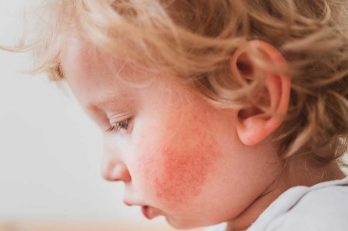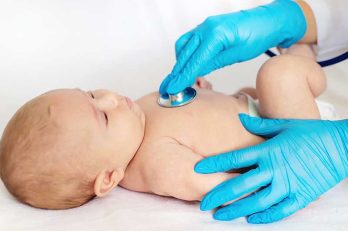Preventive health exams are critical milestones along the path to raising a healthy child. These routine medical exams are more than simply a formality; they are critical to ensure that children develop effectively, both physically and intellectually. These check-ups, which take place from birth to puberty, provide the groundwork for lifetime health and wellness.
Why Preventive Health Checks are Important
- Early detection of health issues. Preventive health exams are essential for spotting any health issues before they become serious. Regular screenings can detect vision and hearing impairments, developmental disorders, and growth irregularities early on, allowing for prompt intervention and treatment.
- Monitoring Growth and Development: Each visit to the pediatrician provides an opportunity to compare a child’s growth and development to set milestones. This includes measuring height, weight, and body mass index (BMI) to assess physical growth, as well as assessing cognitive and social development.
- Vaccination and Immunization Updates: Preventive visits are critical for keeping up with vital immunizations that protect children from a variety of infectious diseases. Each session ensures that vaccines are provided on the appropriate schedule.
- Educational Guidance for Parents: Pediatric appointments are an excellent time for parents to learn about nutrition, sleep, and illness preventive techniques. Pediatricians also offer advice on behavioral management and solutions for overcoming common childhood difficulties.
What happens during a Preventive Health Check?
A standard preventative health check for a child may include:
- Medical History Review: The physician will go over the child’s medical history, including any illnesses, hospitalizations, and family history of diseases.
- Physical Examination: This thorough examination includes checks of the heart, lungs, belly, skin, eyes, ears, and throat. It also evaluates a child’s physiological and neurological responses.
- Developmental Screening: Assessments are performed to determine whether a child meets developmental milestones in speech, movement, behavior, and cognitive abilities.
- Nutritional Assessment: Conversations about diet and eating habits to ensure that nutritional requirements are satisfied, which is critical for optimal growth and development.
- Vaccinations: The administration of scheduled immunizations based on the child’s age and health requirements.
- Parental Education: This is an opportunity for parents to ask questions and receive advise on various aspects of child care, such as sleep patterns, behavioral concerns, and preventive health measures.
How Often Should Children Get Preventive Health Checks?
The American Academy of Pediatrics advises a set schedule of preventative pediatric appointments. Visits should be more frequent throughout the first two years of life, when important developmental milestones occur quickly. Here’s a basic guide:
- The first week visit is recommended within 3 to 5 days of birth.
- During the first year, visits are scheduled at 1, 2, 4, 6, 9, and 12 months.
- Toddler to School Annual check-ups from the ages of three to twenty-one.
Preventive health screenings are an essential component of pediatric treatment, ensuring a child’s overall well-being. These check-ups not only provide the piece of mind that comes from knowing a kid is developing normally, but they also set the path for addressing any health concerns that may arise throughout their infancy. Regular pediatric appointments ensure that children have the greatest possible start in life, preparing them for a healthy future. Parents are encouraged to follow the prescribed check-up schedule and to consider these appointments an investment in their children’s health.




